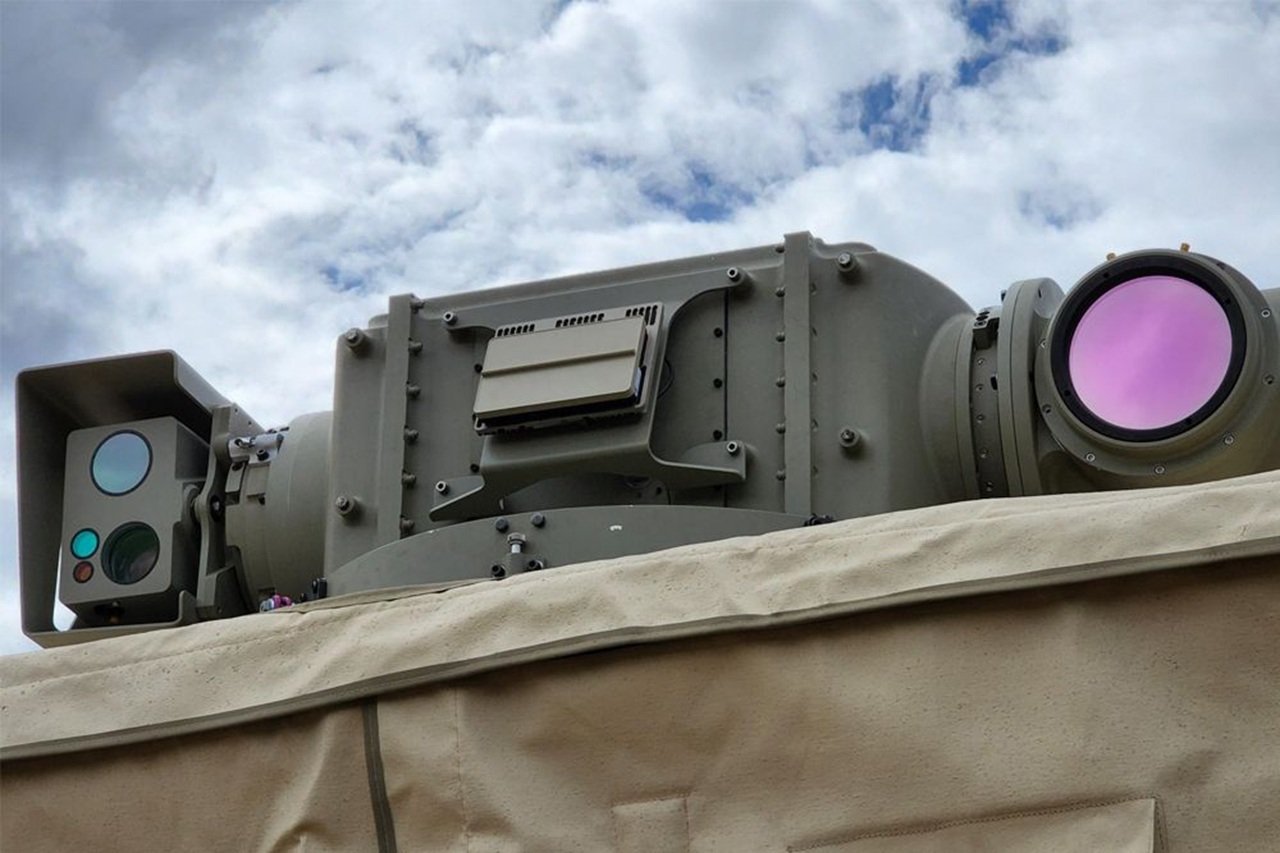
EOS Unveils Apollo Laser Weapon
Australian-based Electro Optic Systems (EOS) has revealed the name and expanded capabilities of its next-generation high-energy laser weapon—Apollo—marking a critical step forward in directed-energy systems as global militaries race to counter the growing threat posed by drones.
In a statement ahead of the DSEI defense exhibition in London, EOS confirmed that its 100-kilowatt-class High Energy Laser Weapon (HELW), now named Apollo, is scalable to 150 kW and designed to defeat unmanned aerial systems in the Group 1–3 category.
The company describes the weapon as capable of delivering “speed-of-light” engagements with 360-degree coverage, vertical intercept ability, and up to 200 stored engagements when operating independently from external power.
In August, EOS secured what it described as the world’s first export contract for a 100 kW-class HELW, signing the deal with a European NATO member state. According to the company, that contract represents both a milestone in Australian defense exports and a global turning point for the adoption of high-energy laser systems in battlefield applications.
“EOS has developed its high energy laser weapon to meet the urgent market need and emerging strategic requirement to defend against drone swarm attacks at an economical cost,” said Dr. Andreas Schwer, CEO of EOS Group. “There is strong international interest in high energy laser weapons, and it is increasingly clear they will play a central role in counter-drone defence.”
Dr. Schwer added that Apollo is “ITAR-free and fully controlled by EOS”, which the company views as a key advantage in working with foreign partners who may seek to localize or sustain the technology independently.
Apollo is designed to be deployed in multiple configurations—including containerized and vehicle-mounted formats—and is interoperable with existing NATO command-and-control and integrated air defense systems. EOS says the system is intended to operate either independently or as part of a layered defense architecture alongside kinetic platforms such as its Slinger remote weapon station and missile-based systems.
Drones, once relegated to niche ISR roles, have rapidly evolved into cost-effective precision strike platforms. The rising prevalence of drone swarms, erratic flight patterns, and autonomy has rendered traditional kinetic intercept methods increasingly expensive and often inadequate. Directed-energy weapons like Apollo are being developed to counter those threats with near-instant response times and low per-engagement cost.


